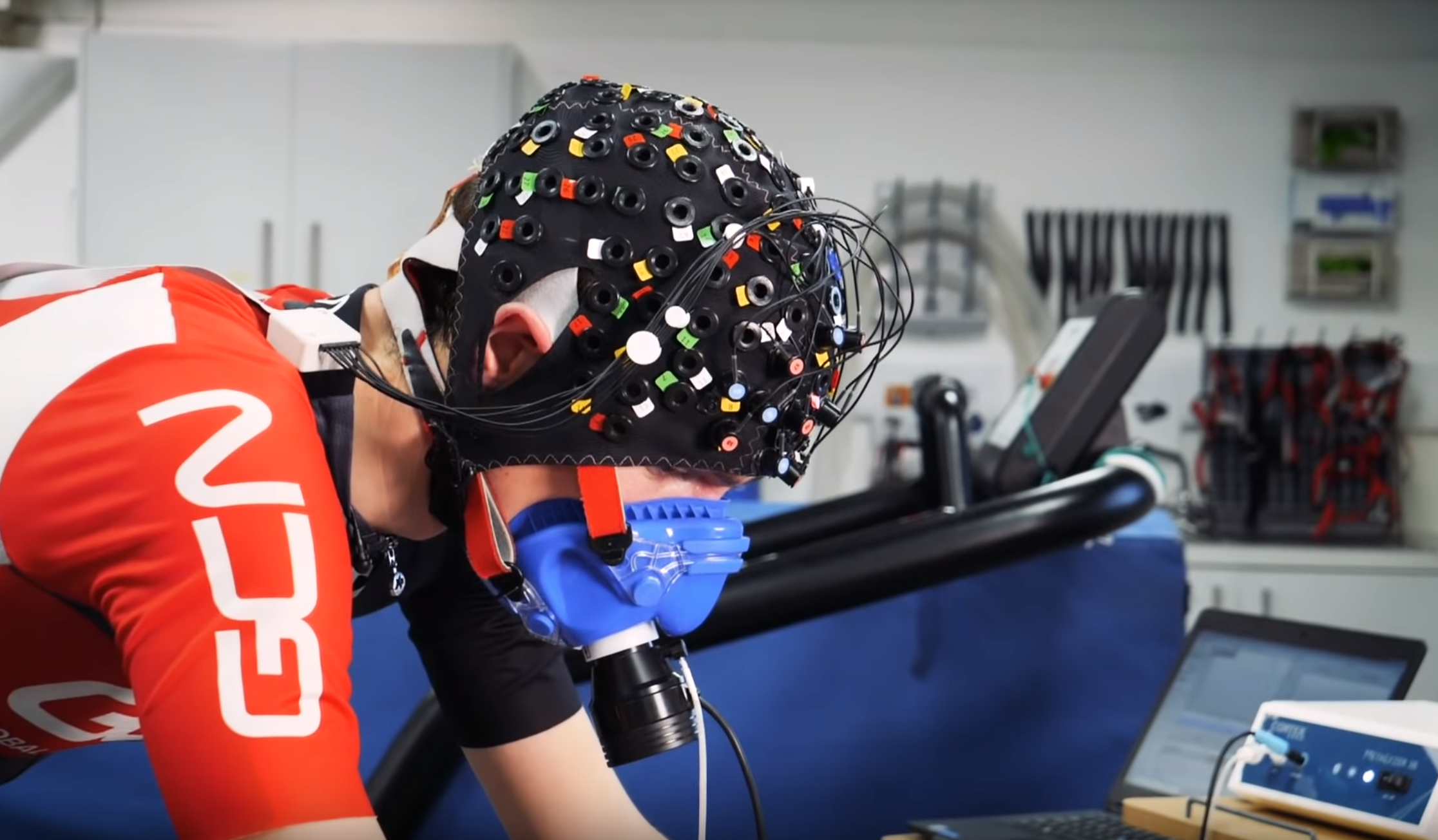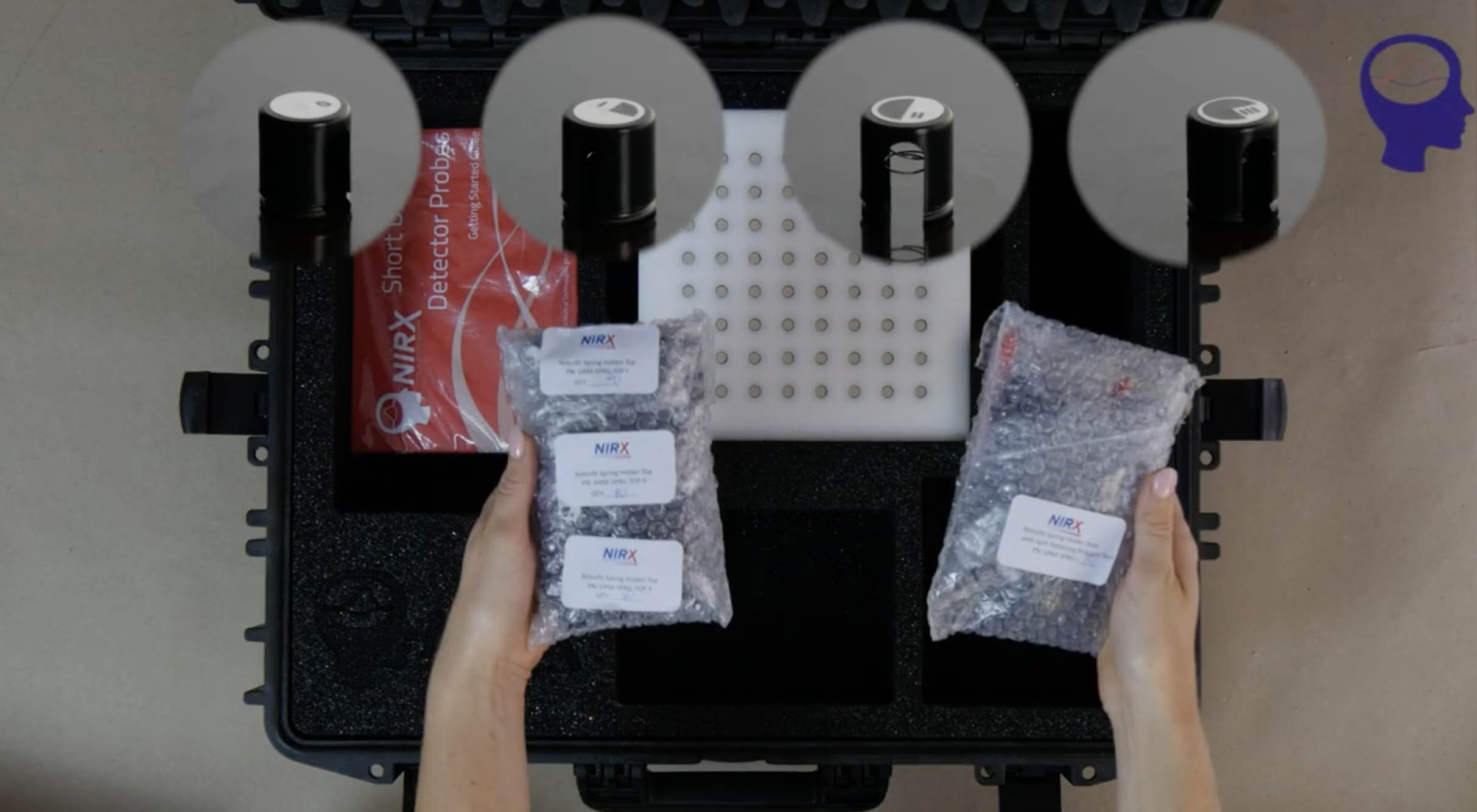What accessories can you expect with a fNIRS device from NIRx?
It’s arrived! What can you expect included in the delivery of your NIRx fNIRS system?
We have made some videos that give a walk-through of the items that will arrive in two of the three cases. These are the Starter Kit and Cap Kit. In these kits you will find everything that you need and more to prepare and run your fNIRS experiments with NIRx devices.
In the Starter Kit you'll find accessories to set up your experiment, these include a tape measure, links, headlamp and more.
In the Starter Kit Video, each item is described and it’s use explained. For example, Velcro straps are used for cable management.
The Cap Kit has all the items necessary for preparing your fNIRS cap. Here you’ll find your NIRScaps, optode holders and bases, short channels, phantom, and much more.
Cap Kit Video: a brief description of each item is given. In this screenshot we talk about the color-coded optode labels.
These clips are intended to get your experiments up and running in no time. We touch on each item in turn, and give a brief explanation of their uses.
In the Cap Kit video we talk through the four different spring holder pressures.
Our extensive Support Site contains information on how to use our solutions . We have helped hundreds of scientists before. Please know that our support is free, and we are always happy to help.
You can reach us at support@nirx.net or talk to your consultant - they will put you in touch with the right expert.








